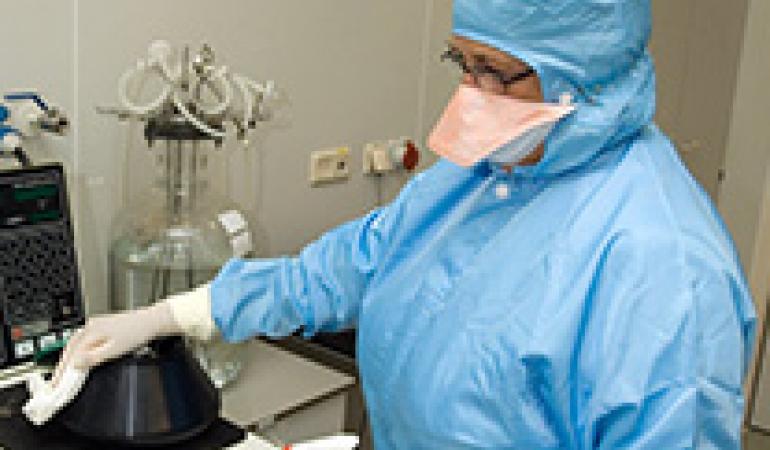
There seem to be sufficient alternatives available for the majority of disinfectants and preservatives containing the carcinogenic substance formaldehyde. However, the suitability of these alternatives needs to be reviewed per sector and application. This was the conclusion of an initial inventory conducted by RIVM.
RIVM made an inventory of the use of formaldehyde in disinfectants and preservatives (biocides) and the availability of alternatives. This inventory was commissioned by the Dutch Ministry of Infrastructure and the Environment.
Formaldehyde is the active substance in many disinfectants and preservatives. It is expected to be classified as carcinogenic by 1 January 2016 at European level. This can have implications for the use of products containing formaldehyde that are currently on the market. In the Netherlands, the disinfectants and preservatives that are made available on the market are assessed by the Board for the Authorisation of Plant Protection Products and Biocides (Ctgb) and authorised as safe when used according to the product label. These products are used by professionals only.
Availability of alternatives
There are alternatives for the following applications: cleaning and disinfection of surfaces and instruments in the healthcare sector; disinfection of indoor public areas; disinfection of stables and animal housing; preservation of detergents and cleaning products; preservation of paints, varnishes, inks and other industrial liquids, preservation of liquids in cooling systems and for slime control in the paper and pulp industry.
For some applications, very few alternatives were found. This concerns, for example, the disinfection of mushroom-growing rooms, litter bins for sanitary towels, footwear and cattle hooves. This also applies to some preservation products, such as in lubricants, metalworking fluids, and the preservation of human and animal corpses and biological tissues.
Restriction of use
The Ministry of Infrastructure and the Environment will use the
inventory to review – in collaboration with industry branches –
whether there will be bottlenecks when the use of formaldehyde is
further restricted. Also, the study will be used to inform users
about the need to restrict exposure to formaldehyde and
formaldehyde emissions as much as possible. This is in line with
the current policy of the Ministry of Infrastructure and the
Environment for priority substances of concern (ZZS
substances). The Ministry aims to substitute the use of
formaldehyde with less hazardous substances and to stimulate the
use of non-chemical alternatives.